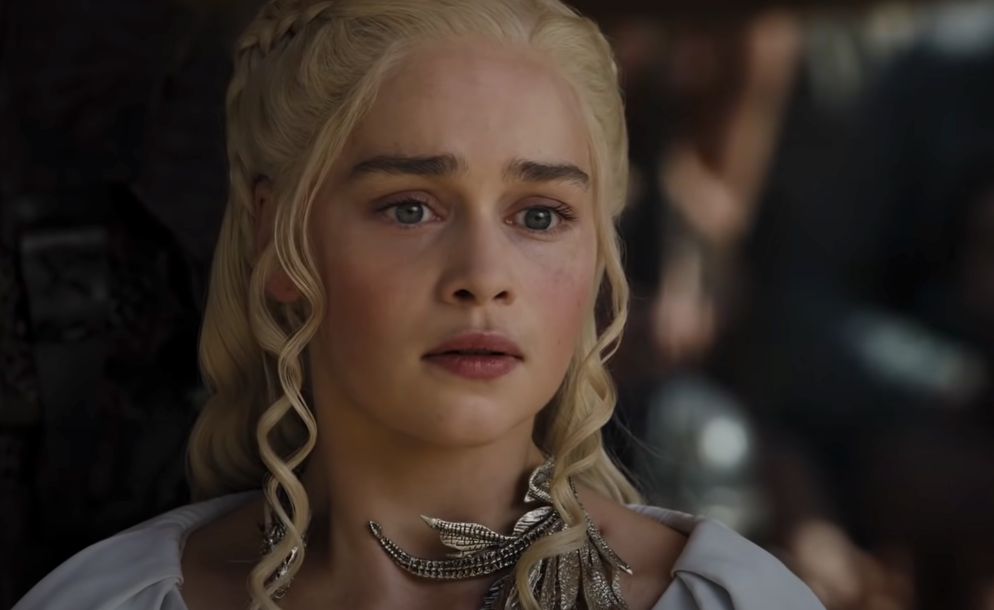On the surface, Rune Factory 5 has everything: giant dragons that let you ride them, dungeon crawling, farming, a butterfly boy who dotes on you when you give him chocolate bars. The game aims at being the next large farming simulator — and, true to form, it’s a fully 3D, third-person RPG with a massive slate of activities. But in trying to do so much, the systems are spread thin and end up feeling half-baked, adding up to a game that doesn’t feel all that great to play.
Developed by Hakama Inc. and published by Marvelous (Xseed), Rune Factory 5 is the latest installment of the 15-year-old RPG franchise, and is available now on Nintendo Switch. You play as an Earthmate, part of a group of people who have a special connection to the Earth, and to the giant dragons that live in Rune Factory’s world. The story starts when the protagonist rescues a young girl named Hina from monsters, and then passes out after the rescue. You wake in the town of Rigbarth, to find you’ve been taken in by SEED, an organization that protects the town from monsters — but you’ve lost your memory.
Players must make a life in the quaint town of Rigbarth, and help SEED protect the town. This involves loads of tasks. You can befriend and romance townspeople, go dungeon crawling in a variety of environments, fight monsters, catch and tame them, cook, craft, fish, and farm. Days have a similar rhythm to Stardew Valley, where you play through a set daytime, and use up stamina to fight and farm. Oftentimes, you need to fight and complete a dungeon to advance the story, but food and potions are in plentiful supply from earlier on — allowing you to easily balance fighting while maintaining the crops.

Shaking my fist at the world as I try to place this chest.
The game’s visual aesthetic and camera perspective are a departure from previous titles. Unlike its predecessor, 2012’s Rune Factory 4, this game has a floating camera that you can control yourself, or use to lock onto targets. Its art style charmingly resembles a sort of cartoony-ness similar to that of Dragon Quest 11, except it also layers on filters that give the world a dewy look. Unfortunately, the game also has some immediately noticeable visual issues. Every time I left a house for town, the game’s frame rate dropped considerably.
Rune Factory 5’s finicky execution often made farming and other activities feel like a chore, rather than a more enjoyable pastime. I experienced consistent issues with day-to-day life in Rigbarth. This included object stacking: Objects don’t displace each other, they just layer on top, so I’d often misplace an object, and watch it get absorbed into another large one. Lining up storage bins in my field also felt surprisingly sensitive. Bins wouldn’t auto align, so my crops are now lined with chests that are slightly not parallel to the field. As in previous Rune Factory games, you can toss items from a distance into the selling and storage bin. In theory, it’s nice, but the game makes you use an auto-locking system that is frustratingly prone to locking onto the myriad of other objects surrounding your farm. Often, I ran over individual items in my head because it was just easier than doing it the “correct” and most optimal way.

An example of the character art being used to illustrate conversation.
Dungeon crawling felt similarly held back by counterintuitive systems. Early in the game, dungeon crawling becomes an important way to unlock characters, as well as complete tasks like catching monsters and earning new airbale land. But the game misstepped in attempting a fully fledged combat system where players can lock onto enemies and combo them. In abandoning the hack-and-slash of previous titles, I was left with a fighting system and dash that felt like floating around the battlefield, with no real thrust behind my actions. The lock-on system often misdirected my slashes as it jumped between targets on a field full of monsters.
Despite these mechanical issues, the game’s characters still made this world somewhat fun to spend time in. Each character had a distinct, charming personality, like the lively and spry were-person Murakumo or the sullen Ryker. When talking to each character, their character art and expressions made the conversation feel like playing an interactive novel or dating sim. I spent most of my playtime talking to people, and considering each character for possible romance.
I felt genuinely conflicted over who I would date — I started with an interest in Martin, the loner blacksmith, but then ended up being won over by Murakumo’s jovial spirit. The game crafts adorable romantic moments, and at one point, while talking to Martin, his character art “bumped” into mine on the screen to show him walking into me as he was caught lost in thought. Little flourishes like that brought me deeper into those conversations and characters. You can also romance characters of the same gender, which is a welcome touch.

There are some additional, positive quality-of-life changes to this game. Your items won’t need days to be upgraded; there are teleportation points on maps that are accessed at a relatively early stage; and you can unlock bag upgrades pretty quickly and easily. However, the overall jankiness and consistent frustration prevented me from fully enjoying these flourishes.
Rune Factory 5 ultimately felt bowled over by the effort to modernize. The design of the older titles, restricted by old hardware, helped narrow the focus for the gameplay. By moving from a top-down to a 3D interface, with execution issues, the game ended up feeling clunky and hard to play. In the end, it can’t compare to modern farming sims like Stardew Valley, or even the previous Rune Factory games. And as I played, I found myself looking back, rather than enjoying this new attempt at modernity.
Source: Polygon






















